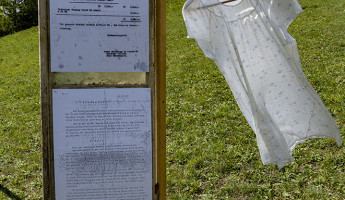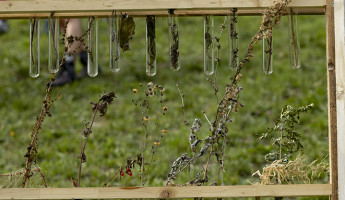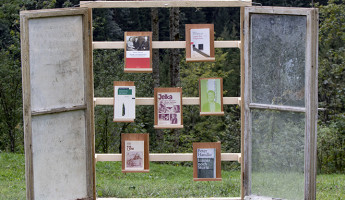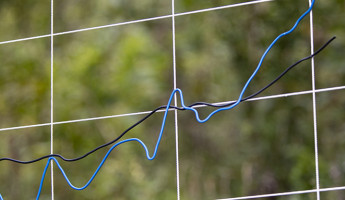Projekt: Graben/Landschaft/Lesen – kopati/Grapo/brati
Lastly, the projects in, with, above and around the Pečnik-Wiese/Pečnikov travnik (since 2021, initiated by Herwig Turk and Zdravko Haderlap) could show that a landscape is the result of a plurality of accesses and narratives that are in total contradiction to its industrial use. This different approach to land, to a landscape means that it is experienced differently, represented differently, and told differently, in a word: articulated differently. That other history is simultaneously local and global at the same time: soil analyses showed traces of a volcanic eruption on Sumatra but also particulate matter from the nearby cellulose plant as well as lead and zinc particles from former mines right down to fossils and conglomerates from the prehistoric river Drau. At the same time, the objective is also to combine the local, in a sense indigenous knowledge about this piece of landscape, about its manifold “inhabitants” and possible uses, with global knowledge regarding ecology, common property, and sustainable farming. The disruptions caused by human intervention here are not entirely eliminated—however, their significance and dominance is relativized through an expanded context of collective agency with non-human actors.
In this light, the landscape could be viewed once again as something other than a resource: as an (unpredictable) patchwork of interventions, encounters, and events connected to soil properties, minerals, the fauna, flora, weather, the climate, humans, and their respective history: “shifting assemblages of humans and nonhumans: the very stuff of collaborative survival.”
excerpt: Reinhard Braun 2024
















